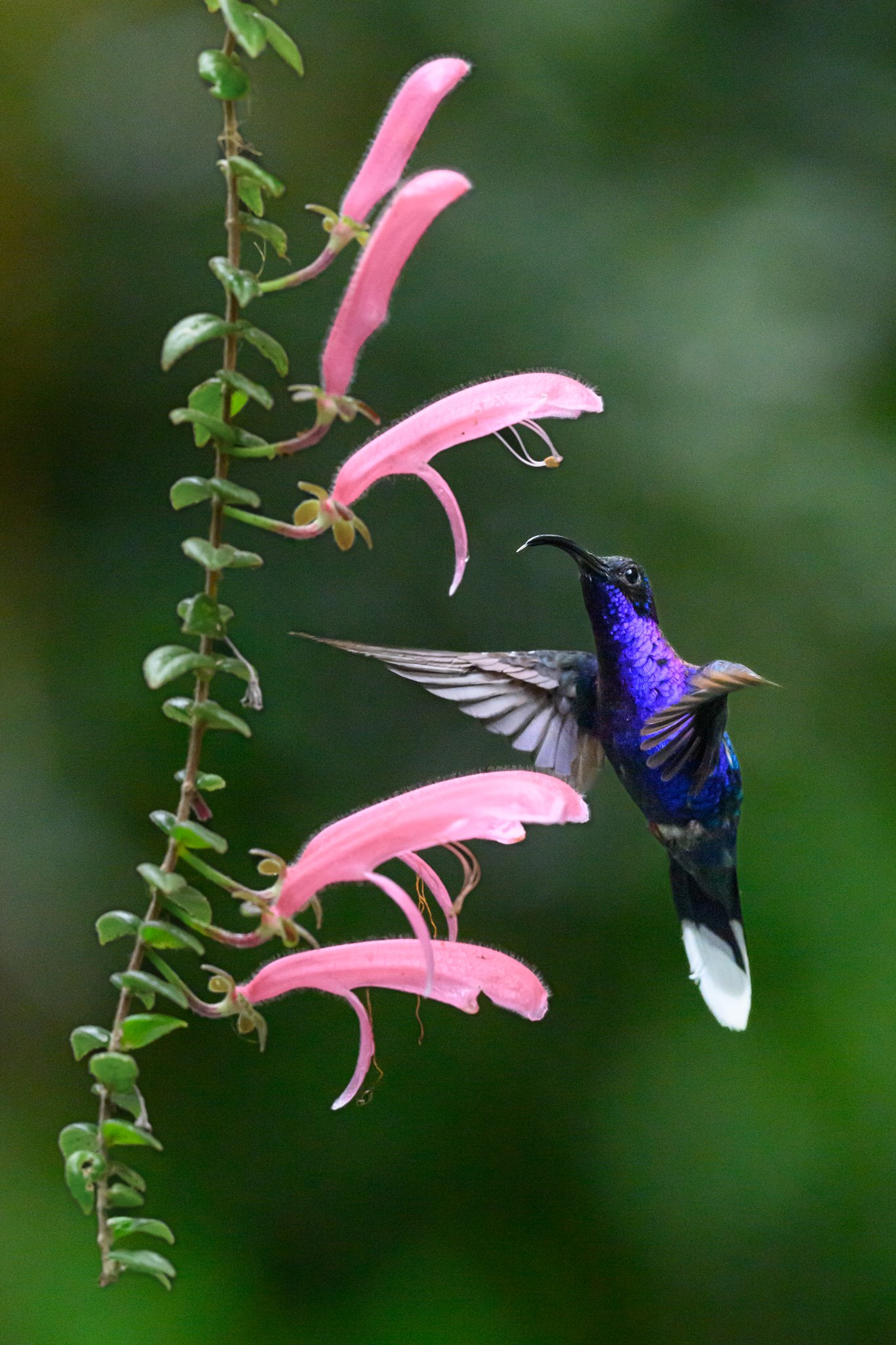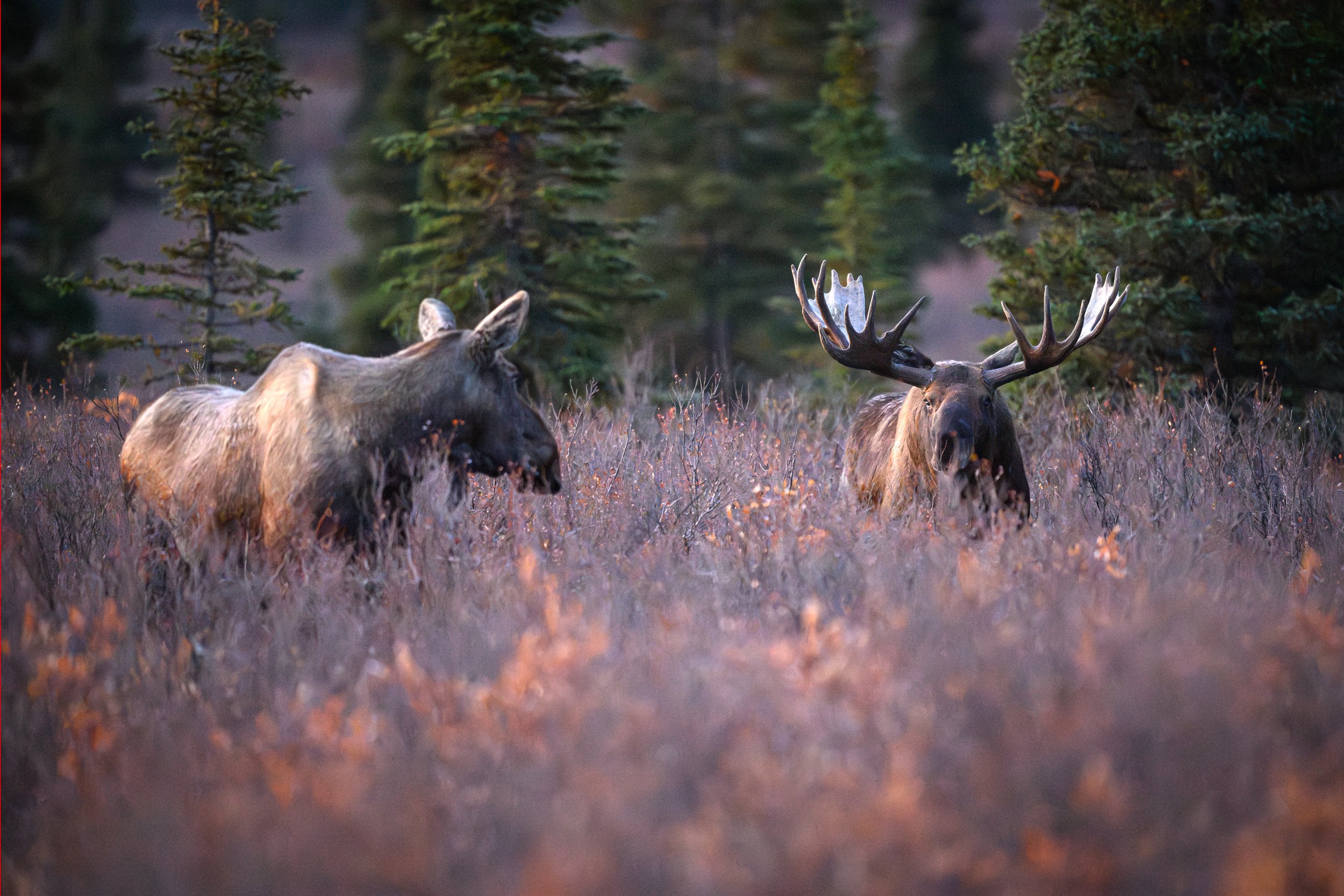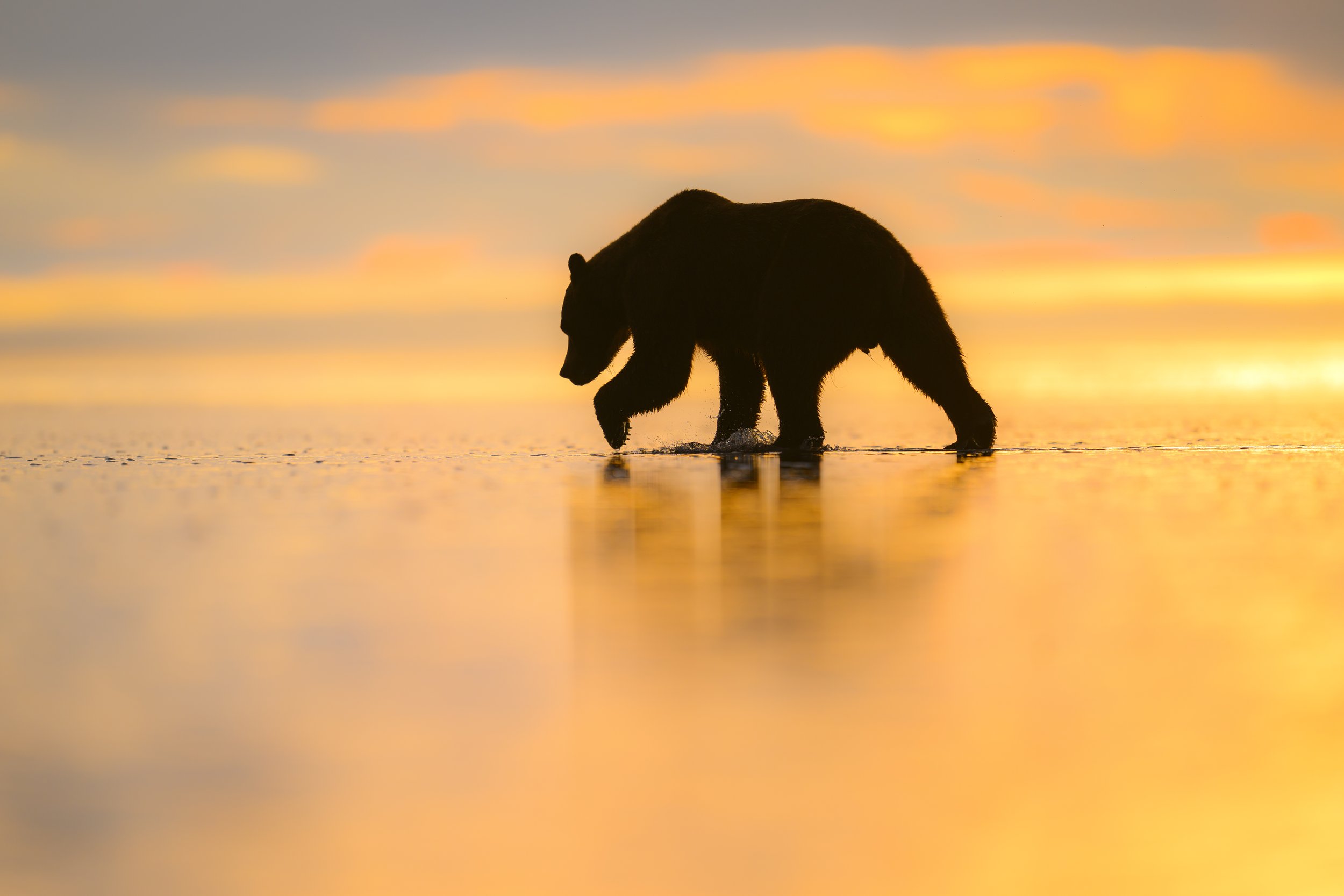Episode 19: Cloud Forests, Hummingbirds, and Field Setups
Listen to the show
Hummingbirds are the second most species diverse family of birds in the world whose natural history often defies belief
Understanding the natural history of these species is important for trying to sell photographs of these birds as 99% of photographs we see of hummingbirds are created with non-native species in situations that would never occur in the wild
Thanks to the fact that so much of the color we see in hummingbirds is created from specially evolved feather structures to diffract light and create color on demand, flash will dramatically elevate your hummingbird photography
The lost episode has been found!
In this show, Jared Lloyd and Annalise Kaylor discuss photographing hummingbirds 8,000 feet up in the cloud forests of Panama. Far from being diminutive and delicate little birds, hummingbirds are some of the fiercest, most territorial, and biologically extraordinary species of avifauna in the world. Did you know the Aztec god of war was named after and depicted as a hummingbird? Did you know the cold weather of mountains, not the tropics, helped to drive the evolution of hummingbirds? Did you know that at any given moment, hummingbirds are no more than 20 minutes away from starvation and are forced to go into a state of torpor (true hibernation) every single night to survive?
Photographing hummingbirds in the tropics can be one of the most impossible tasks you will ever encounter as a wildlife photographer - if done wrong. As anyone who has laced up their boots and trekked down a muddy trail into the emerald kingdom of the rainforest can attest, wild encounters with these birds are extraordinarily fleeting and often mere flashes of color in the mid-canopy. For this reason, 99% of hummingbird photography occurs at purpose built setups with anywhere between 1 - 5 off-camera flashes.
Flash is an important component of photographing not only just hummingbirds but most wildlife when working in the dark recesses of the neotropical rainforests. While flash is a staple of so many genres of photography, when it comes to nature photography it is the least understood aspect of the craft. But it shouldn’t be this way. Learning how to utilize flash will revolutionize your photography in so many ways.
Professional nature photographers the world over utilize field set-ups, or outdoor studios, for creating images that would not be possible otherwise. However, far too often, non-native species are used to create these photographs. While hummingbirds are only found in the Americas, often we see them depicted with flowers from South Africa such as the bird of paradise because these are planted around eco lodges where most of these photographs are created. Likewise, species of poison frogs that may be rare and endemic to a small isolated region of Central America, are more often than not, depicted on flowers from Asia such as the Asian ginger. How we create field set-ups matter. From how we work with the animals to keep them safe to ensuring that we creating photographs that actually tell the unique story of the species within our photographs, a lot of thought and intention should go into how these set-ups are created.
Want to join us in Panama?
Birds of the Cloud Forests
This workshop focuses on the rare and endemic species of Panama’s cloud forests. Towering above the lowland rainforests, the mountains of western Panama are like islands in the sky. Every mountain, every peak, plays home to a menagerie of species that can be found nowhere else on Earth.
On this workshop, we will explore the extraordinary biological diversity of the high elevation cloud forests where we will work from purpose built blinds to capture images of resplendent quetzals as well as a host of birds rarely seen let alone photographed.
LEARN MORE
Wildlife of Panama
Panama is one of the most biologically diverse places on Earth. While only about the size of South Carolina, Panama stands as the bridge between North and South America where species from both overlap.
On this workshop, we will explore the incredible wildlife photography opportunities along the Panama Canal and Lago Gatun before flying out to the islands along the north coast and a place that the Smithsonian refers to as the “Galapagos of the Caribbean.
LEARN MORE













